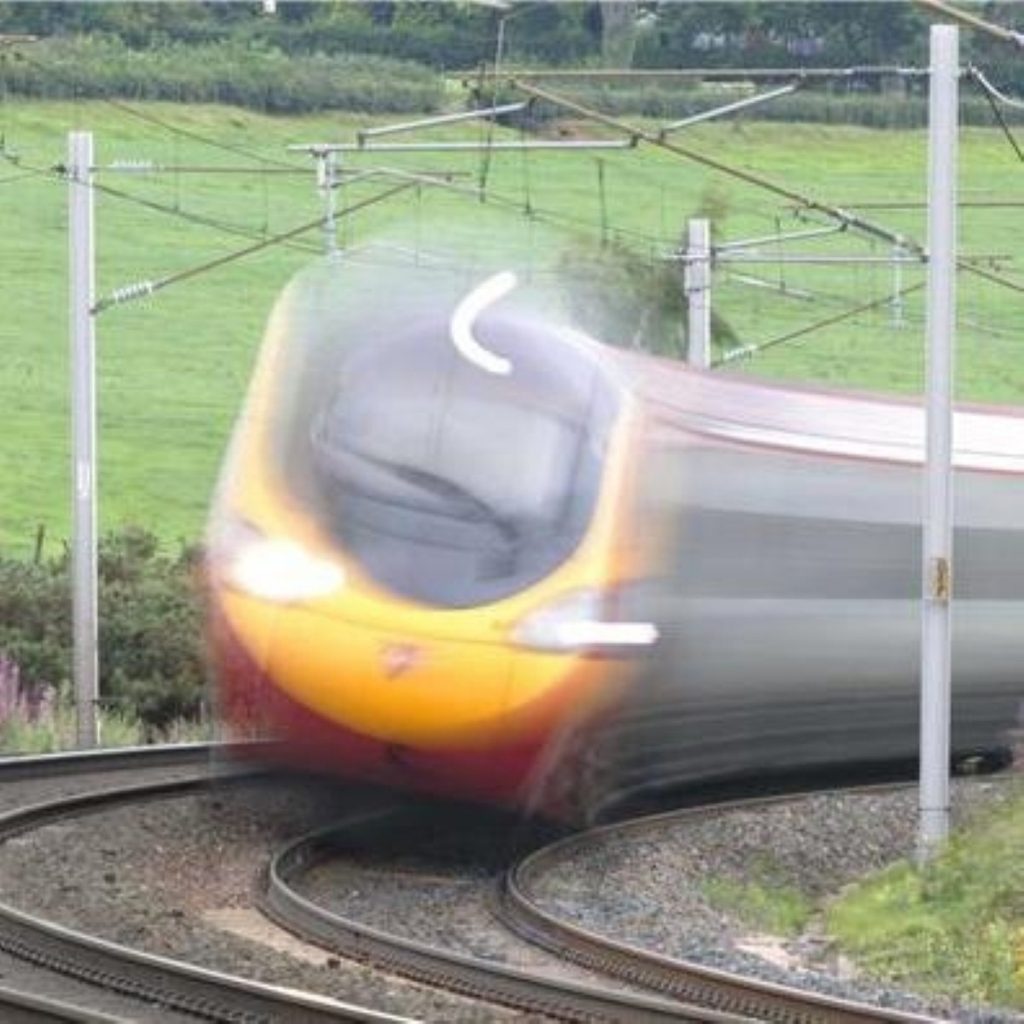Analysis: On the right track
The announcement that construction of a new 250mph high-speed railway will get underway by 2017 is good news for both the environment and the economy of Britain.
By Nathan Coyne
For too long the UK rail network has fared badly in comparison with our continental cousins, where speeds of over 225mph have been the norm on the French TGV and German ICE network for more than 25 years.
Domestic low-cost airlines have been allowed to flourish by offering better journey times and lower fares, but at a cost to the environment.


The UK’s existing main arteries – the east coast mainline to York, Newcastle and Edinburgh, and the west coast mainline to Birmingham, Manchester and Glasgow – only have top running speeds of 140mph and 125mph respectively.
Even the dedicated stretch of high-speed line that serves the Channel Tunnel only allows speeds of up to 186mph.
The route to the West Midlands announced today by transport secretary Andrew Adonis would cut journey times from London to Birmingham to 49 minutes, shaving 35 minutes from the existing best.
While this is to be welcomed, the London-West Midlands corridor is the main beneficiary and it is disappointing that the new stretch of line doesn’t extend further north at this stage.
It will cut half an hour from the journey to Glasgow, but at three-and-a-half hours this is still well above the three-hour benchmark at which people opt for air over rail.
The government’s plan makes provision for further direct high-speed connections to Manchester and Leeds and a connection to High Speed One raising the prospect of direct links between the North of England and continental Europe.
Given the long lead times for large infrastructure projects – 2026 is the earliest projected opening date for the London to Birmingham line – the sooner these routes are set in stone the better.
Also noticeable is while the headlines will shout about 250mph running, the documentation published today merely states that the line is capable of carrying trains at this speed. Initially trains will run at 225 mph, though this is still a significant improvement over the existing network.
The detail of the route is bound to be a cause for concern in affected areas. It may face opposition in well-heeled Buckinghamshire where it is due to tunnel under the Chalfonts, emerging at Amersham and then through the Chilterns by Aylesbury, Bicester and Buckingham.
But any local environmental impact should be overridden by an overall environmental benefit by giving people a serious alternative to the car and the plane.
The government states that even allowing for the additional demand for travel that the new line would generate, it is likely to be “broadly” carbon neutral.
It will free up capacity on the existing west coast main line for additional commuter and freight trains, with the aim of taking traffic off the roads.
From an economic perspective the cost benefit of a “well designed and managed” high speed rail project could be as much as £2 for every £1 spent.
The plans have already been welcomed by groups such as the British Chambers of Commerce and the CBI, albeit with the caveat that it must not be at the expense of other transport improvements or come at an extortionate cost.
If costs were allowed to spiral out of control it would be the passenger footing the bill. Therein lies a key danger: Britain has a reputation for the highest rail fares in Europe, but fares on any new high speed line must be competitive.
Otherwise the economic and environmental benefits that it promises will never materialise.









